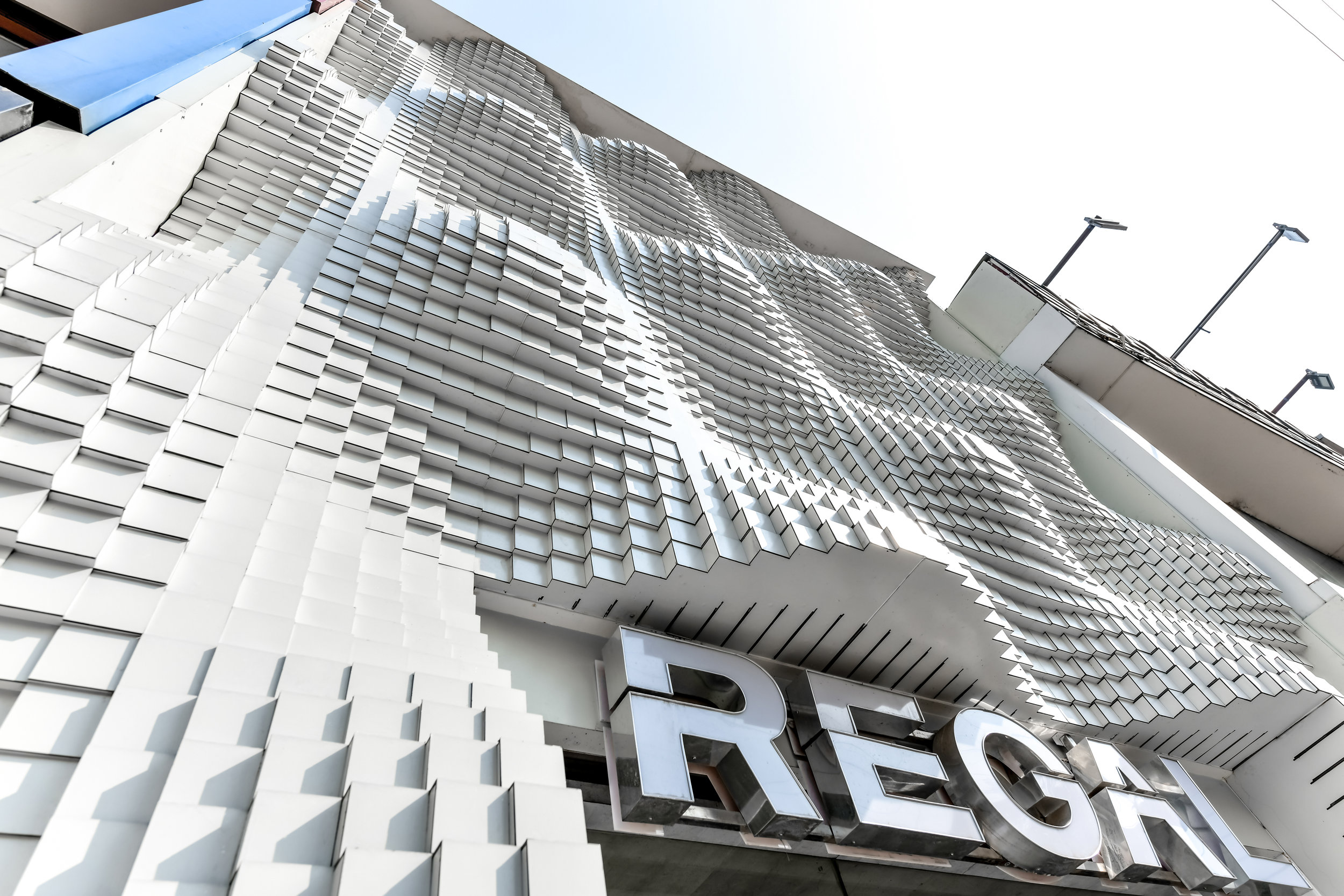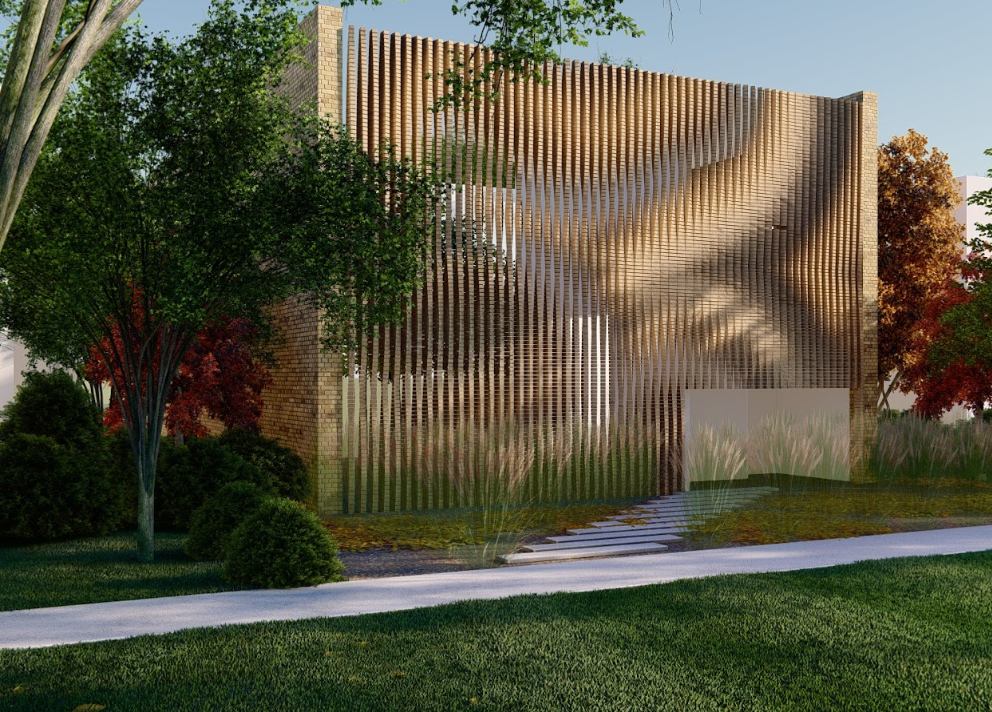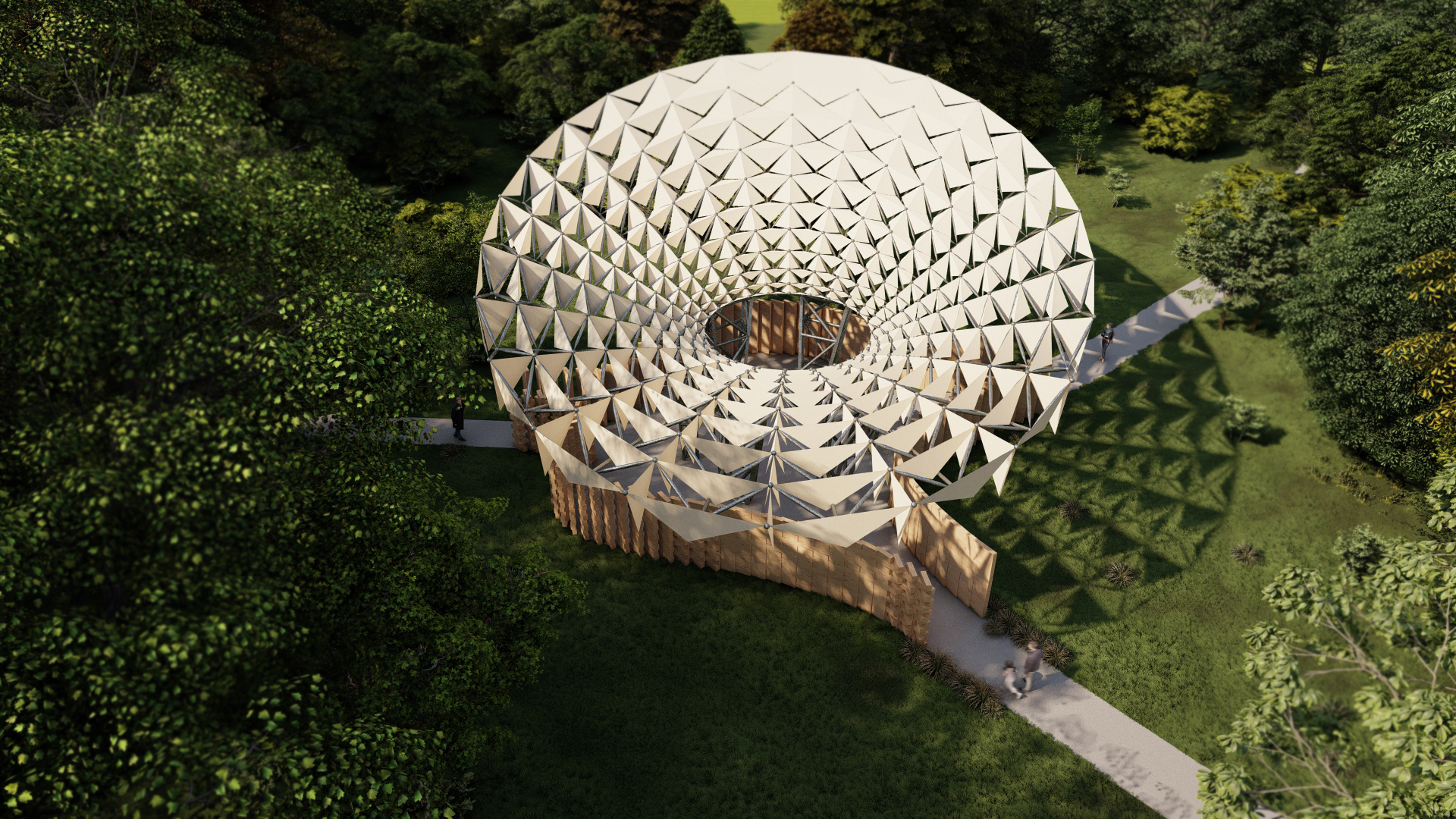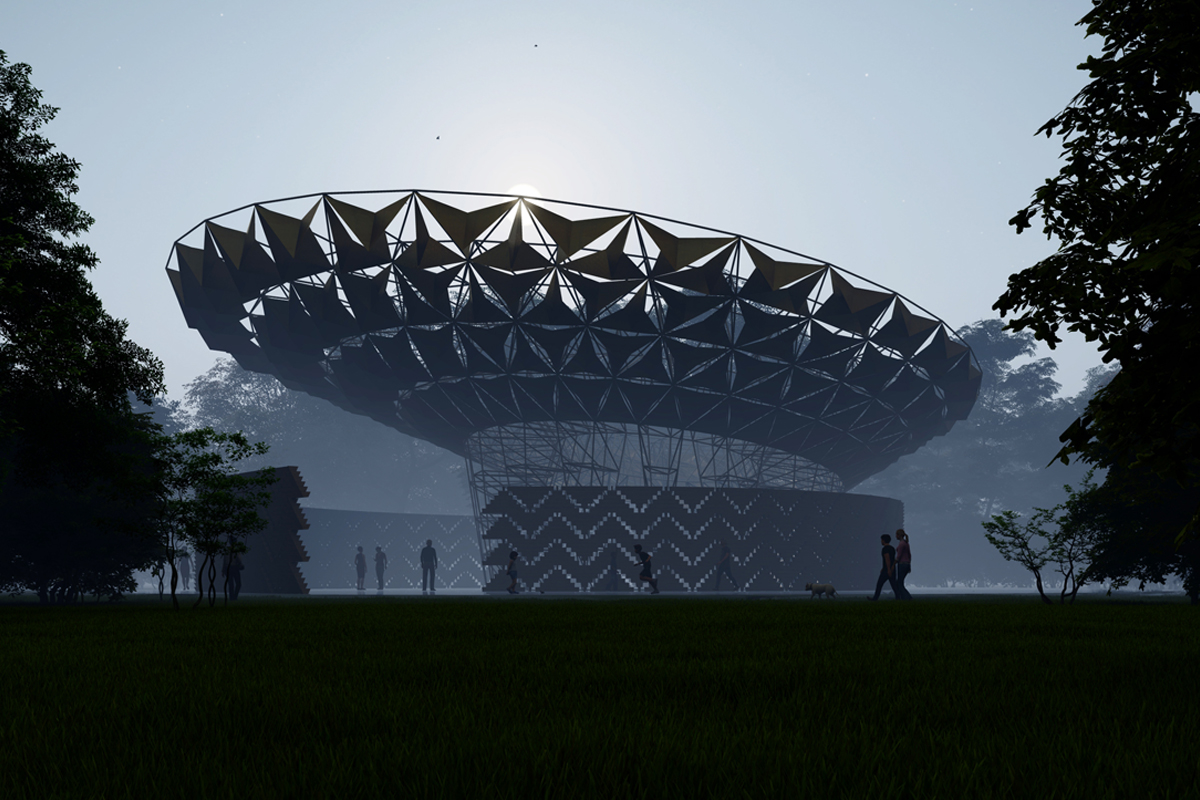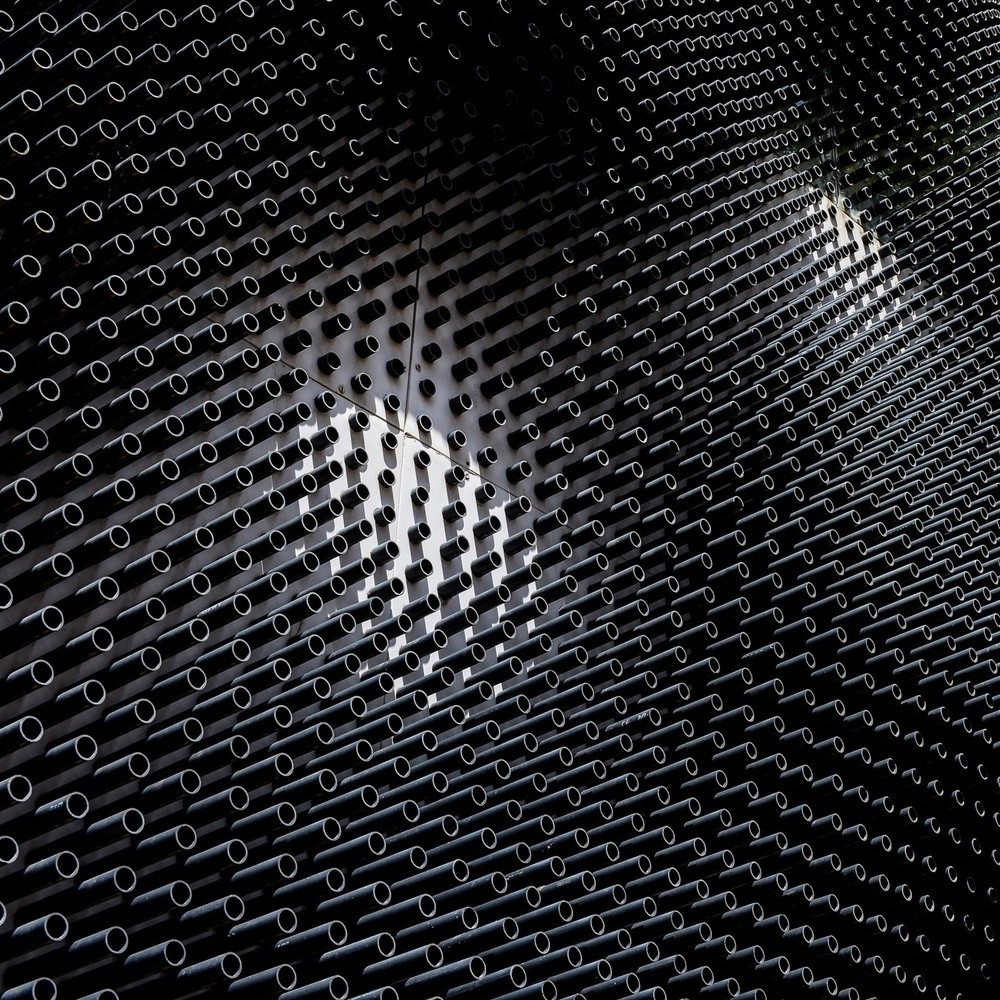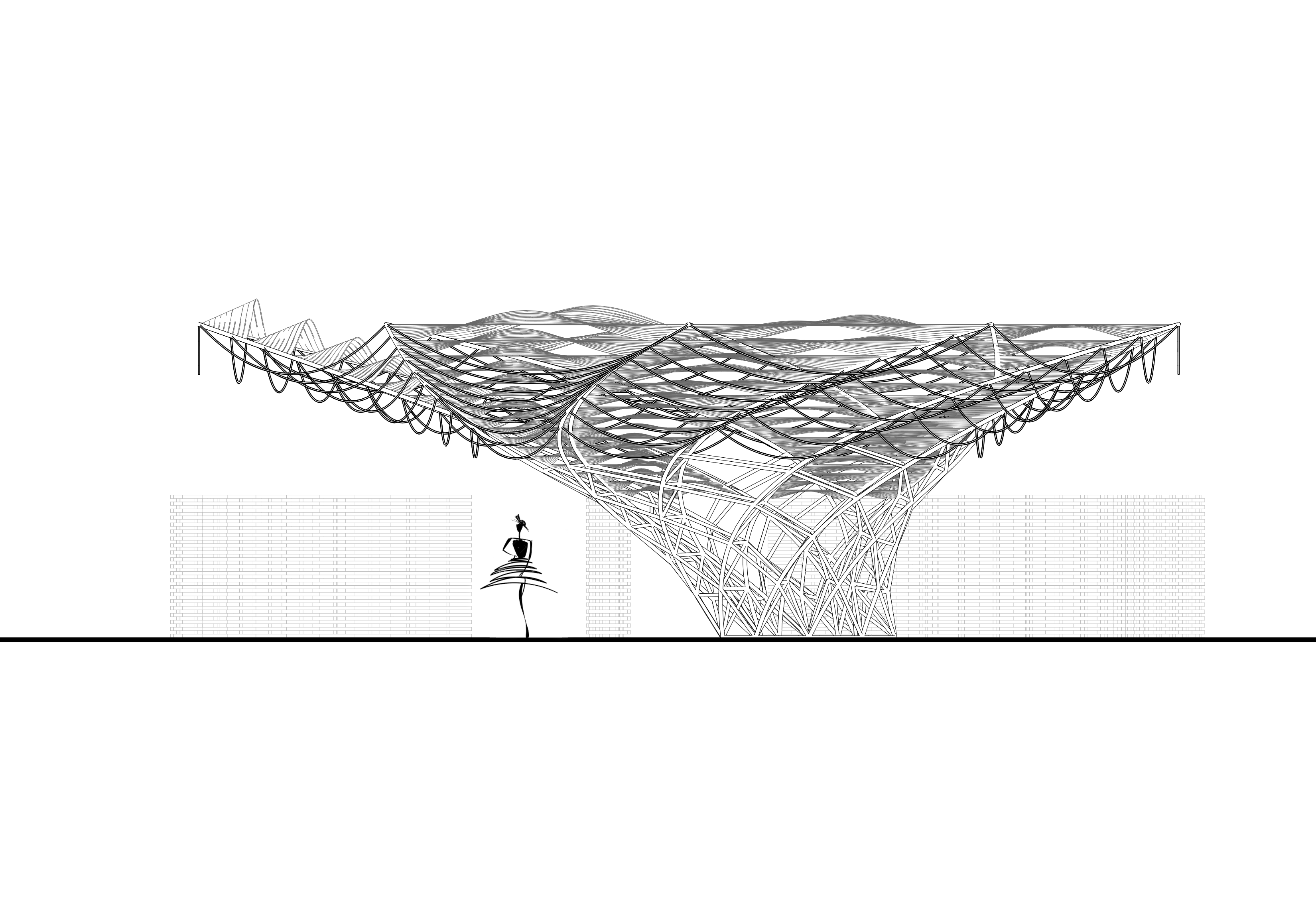China Pavilion Milan Expo 2015
Computational Design Analysis For the 2015 Expo at Milan, a New York based studio: Studio Link-Arc paired with Tsinghua University in China to design and build the China Pavilion. The idea was to showcase China’s deep connection to both the cities and the countryside that reside within its borders. To do this the pavilion is … Read more






